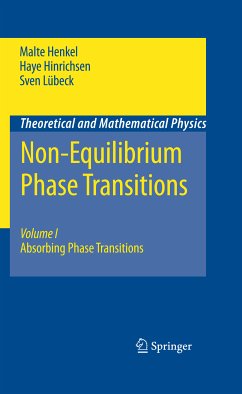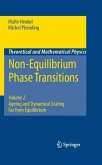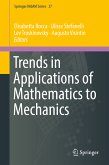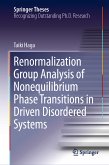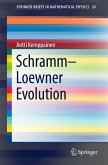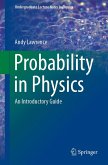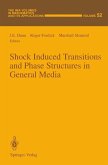The first volume begins with an introductory chapter which recalls the main concepts of phase-transitions, set for the convenience of the reader in an equilibrium context. The extension to non-equilibrium systems is made by using directed percolation as the main paradigm of absorbing phase transitions and in view of the richness of the known results an entire chapter is devoted to it, including a discussion of recent experimental results. Scaling theories and a large set of both numerical and analytical methods for the study of non-equilibrium phase transitions are thoroughly discussed.
The techniques used for directed percolation are then extended to other universality classes and many important results on model parameters are provided for easy reference.
Dieser Download kann aus rechtlichen Gründen nur mit Rechnungsadresse in A, B, BG, CY, CZ, D, DK, EW, E, FIN, F, GR, HR, H, IRL, I, LT, L, LR, M, NL, PL, P, R, S, SLO, SK ausgeliefert werden.
"This book is the second of a two-volume work on non-equilibrium phase transitions ... . a well written and valuable introduction to these problems, for mathematicians as well as for physicists. ... The book finishes with several appendices, where the reader can be reminded of useful physical and mathematical results ... a large section where the almost one hundred problems proposed throughout the book are fully worked out, and a huge and very useful reference list of more than seven hundred fifty items." (Fernando Pestana da Costa, Mathematical Reviews, Issue 2011 j)

